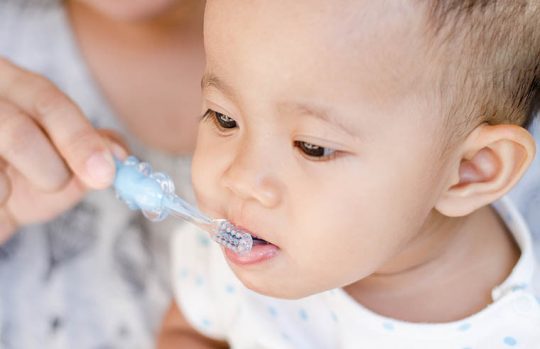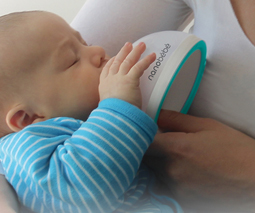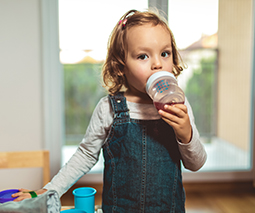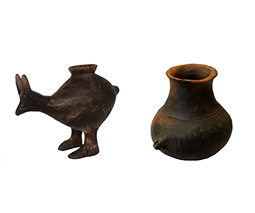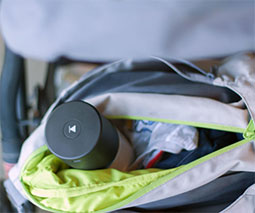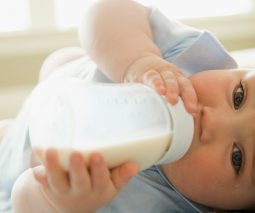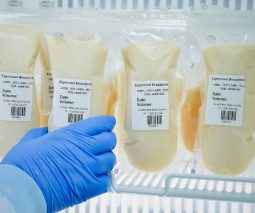How to help break your child’s milk-before-bedtime habit
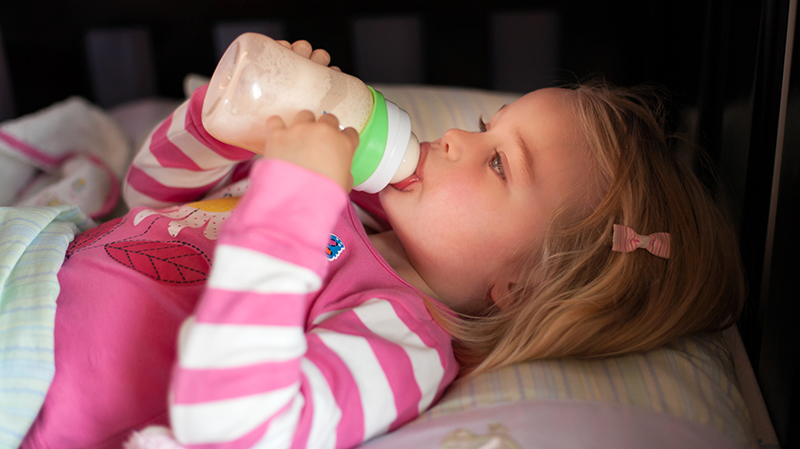
As a children’s nutritionist, Simone Emery knows a thing or two about navigating the infamous fussy eating years of toddlerhood. Now she shares her best tips on how to wean your child off their dependence on a milky drink at bedtime:
Evening routines with young children often start out with them having a feed (aka milk) just before going down for the night. This can sometimes turn into a habit.
For some fussy eaters, it turns into a negotiating tool. Or a parent’s safety net/fall back. Possibly it’s become a main part of a child’s calorie intake for the day? Or it may become a reason for kids not to eat dinner and subsequently hold out for milk. So, what is the best way to get out of an evening milk dilemma with a fussy child?
Often parents come to me saying that their older fussy eater won’t “give up” their milk at night. They may have also received advice from their GP (or other health professional) to wean the child away from evening milk. This advice is given with the best intention of removing the bargaining tool and leaving the child with an appetite for foods from other food groups. Yet, I know this advice is exasperating! It feels like you have just been asked to purposely instigate World War Three at your house. Every. Single. Night. As a parent, I have to say – who really wants that argument?

How to help with night time milk weaning:
1. Check calcium requirements
Do a little food diary (for yourself – don’t record it in front of the kids) and have a look at what sources of calcium they have and if they are getting enough across the day. A young child’s daily intake of calcium needs to be about 500mg – contained in the equivalent of 375ml of cow’s milk. As kids get to age 5, this RDI increases.
Other sources of calcium include cheeses, tinned salmon with bones, green leafy vegetables and nuts. Milk alternatives are also important to consider like coconut milk (where 425ml has 500mg of calcium), almond milk, rice milk and soy milk. If your child’s eating fluctuates day by day, look broadly across the week, paying specific attention to other mealtime opportunities for the dairy food group. Like I always say, afternoon tea is the next most important meal of the day.
2. Introduce a small amount of milk to the final mealtime in an open cup
One thing that works for a happy mealtime with fussy kids is to have something they may like to eat or drink. I often refer to these foods as “safe foods”. Safe foods are safe for a few reasons, including that they need less work when a child is particularly tired (eg. every. night. time. meal). A child already knows what that food is like from a sensory point of view – taste, touch, sound, look and smell. These foods also are less likely to change from instance to instance (which is why seasonal veg, meat and mixed textures aren’t as appealing for kids when they are tired). And these foods are usually easy to eat from a chewing perspective too – cue a request for a simple-to-chew cracker/chicken nugget/not-smelly-at-all rice cake instead of a big-smell-lotsa-texture-visually-busy beef casserole.
So, offering some milk at mealtime to start replacing some of the quantity in the final milk drink of the night helps by giving them something to succeed at during the meal and also builds the skills of drinking from an open cup instead of bottle, and starts the weaning process away from that final milk.
3. Introduce teeth cleaning in between the final milk drink and falling asleep
This is very important for dental hygiene and it also helps reduce your child’s dependency on milk to fall asleep. In order to transition into this, your child may like to read some books with you about looking after their teeth. My girls loved reading Give Us a Smile Cinderella to emphasise the importance of daily dental hygiene.
